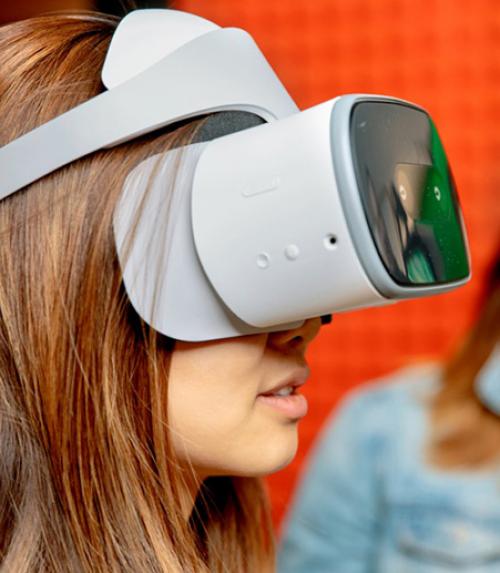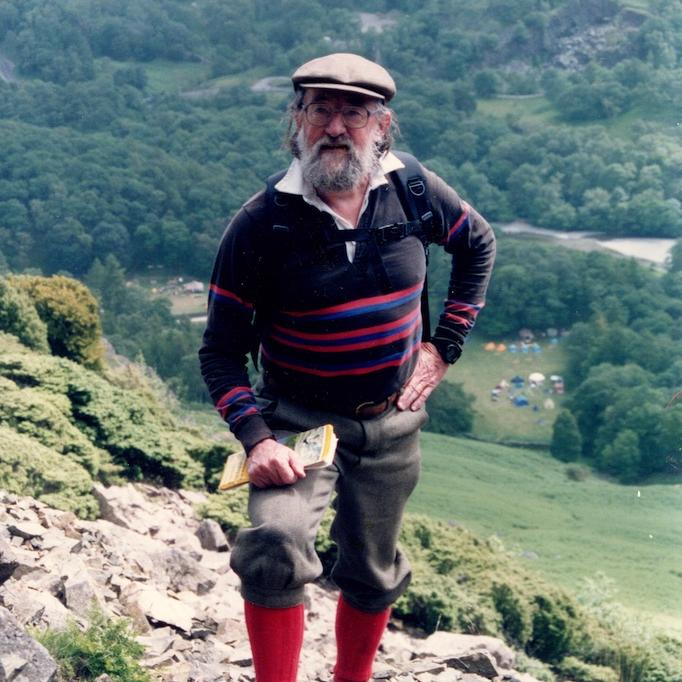
 Department Homepage
The College of Arts & Sciences
Department Homepage
The College of Arts & Sciences
Six projects receive Innovative Teaching and Learning Awards
This year’s Innovative Teaching and Learning Award winners will give Cornell students a host of new opportunities and experiences – from building their own musical instruments to using new software programs for imaging dynamic processes inside the human body.




